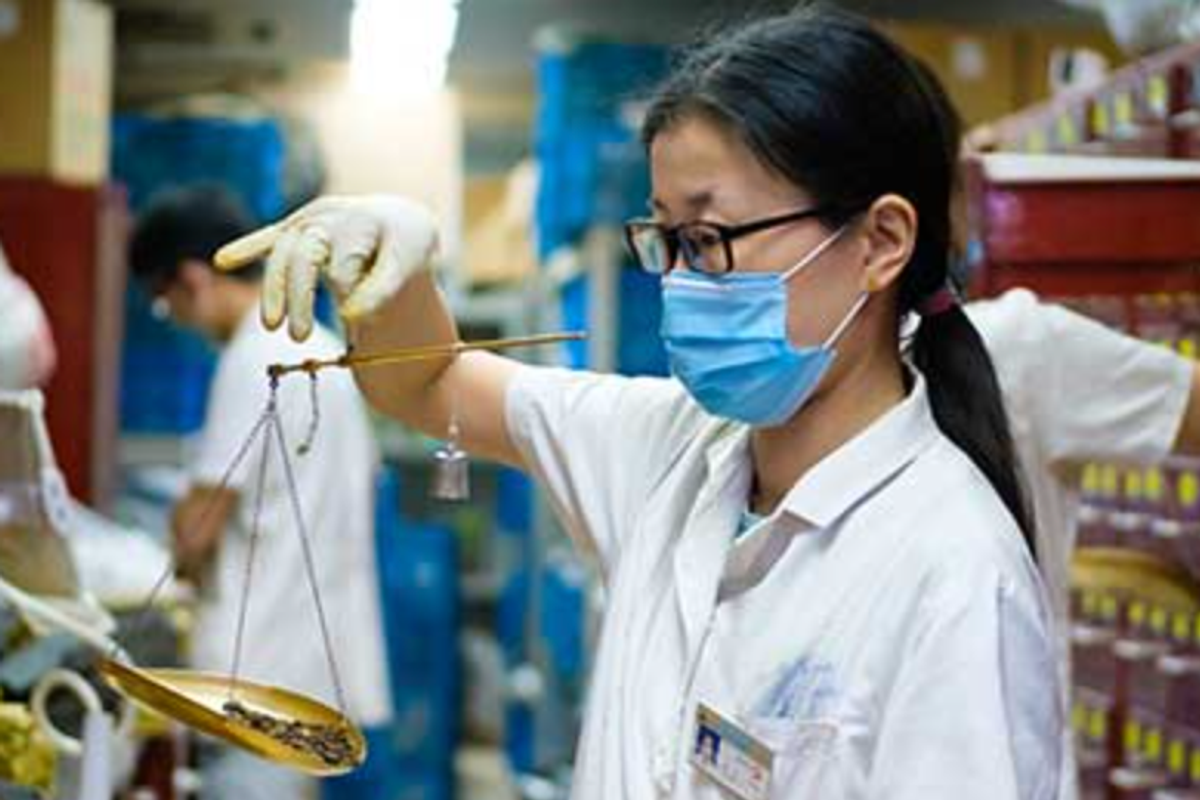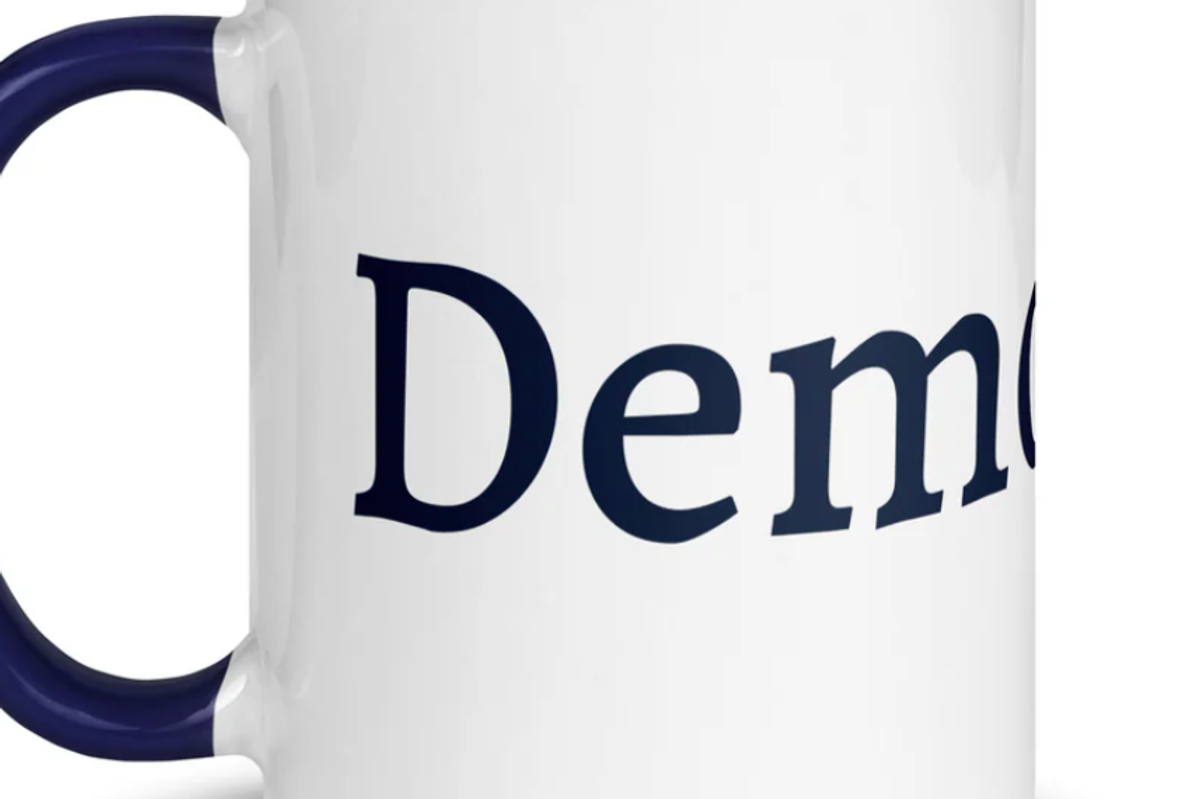As Trump Regime Attacks Science, China Is Set To Dominate Future Research

This week, two items related to the future of medical research, and the prices that Americans will pay for drugs, caught my eye.
First, the Trump regime’s proposed budget for 2026 will slash $18 billion or nearly 40 percent from the 26 institutes that make up the National Institutes of Health. The National Cancer Institute and the National Institute for Allergy and Infectious Diseases, both of which have been on the forefront of medical innovation over the past half century, are slated for nearly one-third of those cuts, reducing their budgets (unadjusted for inflation) to levels not seen since 2003.
Second, U.S.-based Bristol-Myers Squibb on Monday struck a $11 billion deal with Germany-based BioNTech to co-develop a drug aimed at fighting advanced lung, breast and other solid-tumor cancers. The drug candidate, now in clinical trials, was developed in China using technologies originally invented by scientists working on NIH grants.
Viewed together, these events exemplify how the scientific infrastructure for medical innovation and the scientists involved in discovery are gradually moving abroad. This trend will be expedited by the Trump regime’s incessant attacks on U.S. universities, where most of the cutting edge medical research historically took place.
They also show how Americans — both as patients and consumers — will eventually pay a hefty price for this destructive nihilism. The Trump minions in charge of HHS, NIH and the FDA are doing nothing to prevent the biotech and pharmaceutical industries from losing the seed corn for future medical breakthroughs, even as the companies within those industries impose exorbitant prices that put profits over health while remaining agnostic about the sources of their next products.
A big deal
Let’s start by taking a closer look at the players behind the Bristol-Myers - BioNTech announcement. Bristol-Myers is deeply engaged in bringing new cancer therapeutics to market. Some of its products come from its own investments in research and development. But a hefty share of its current drug portfolio was discovered on Wall Street, where it either financed or bought out smaller, often financially challenged biotech firms with promising drug candidates.
The BioNTech deal fits that mold. Bristol-Myers will provide capital to finance the final stages of the drug’s development in exchange for the right to manufacture and co-market the product.
BioNTech is hardly struggling. It rose to fame and fortune by forging a similar partnership with Pfizer to rapidly produce one of the two COVID-19 vaccines that used mRNA technology, among the few positive achievements of the first Trump administration. The technology had been developed during the previous decade with funding from NIH. Today, mRNA technology stands accused of causing more harm than good by HHS Secretary Robert F. Kennedy Jr. despite having saved an estimated 20 million lives.
BioNTech made billions of dollars/euros selling the vaccines through guaranteed government contracts during the pandemic. But it did not use that windfall to invest in the R&D that produced the drug candidate that was the subject of this week’s announcement. Rather, it paid nearly $1 billion last year to acquire Biotheus, a Chinese company that developed the drug candidate in the Bristol-Myers deal.
Biotheus, based in Zhuhai, China, is headed by Xiaolin Liu. Liu did his graduate work at Brandeis University and post-doctoral work at Harvard Medical School. He learned the drug industry ropes by spending two decades in the R&D labs at Abbott, Bristol-Myers and Adimab before returning to his home country.
When young, Liu stood on the leading edge of the wave of immigrants that has transformed the STEM (science, technology, engineering and math) fields in the U.S. Today, foreigners fill about one-third of all slots in America’s graduate research programs, including 40 percent in the biomedical fields. Every one of them now lives in daily fear of deportation. Most are probably leaning toward returning to their home countries to work once they’ve completed their education.
So what this deal represents is two western pharmaceutical firms flush with cash looking to places like China to buy what they hope will be their next big blockbuster drug, while that country is rapidly building its capacity to serve that demand. It is only a matter of time before the Chinese government begins making heavy investments in basic research, and becomes the leading provider of basic science discoveries that will eventually lead to the next generation of new drugs, medical devices and other advanced medical technologies. The advice I would give today to any young American who is a prospective STEM researcher is to learn Mandarin.
That’s the educational/research/financial side of this week’s announcement. It also reawakened the medical science reporter in me.
The government-funded tools behind innovation
The drug involved in the Bristol-Myers-BioNTech deal, now dubbed BNT327 (it was PM8002 under Biotheus), was created using CRISPR gene-editing technology, which was invented at the University of California at Berkeley in 2012 with NIH funding. It won its co-inventors, Emmanuelle Charpentier and Jennifer Doudna, the 2020 Nobel Prize for chemistry.
CRISPR, which stands for Clustered Regularly Interspaced Short Palindromic Repeats (this won’t be on the test), is a gene-editing technique that allows scientists to modify DNA sequences. It has been likened to a molecular scissors that can cut DNA at specific locations, allowing for the insertion, deletion, and/or replacement of genetic material.
Biotheus used CRISPR to bioengineer PM8002/BNT327, an antibody that simultaneously targets two cell receptors that play roles in rapid tumor growth. One snippet on the antibody inhibits the PD-1/PD-L1 pathway, which prevents a person’s own cells (whether normal or cancerous) from being recognized as foreign by the immune system; a second snippet blocks the signaling proteins VEGF-A and VEGFR2, which promote growth of the new blood vessels that the rapidly growing tumor needs.
The companies hope this drug candidate will become the go-to complement for a broad range of solid tumor chemotherapy regimens. In Wall Street terms, successfully winning FDA approval will allow BNT327 to become a multi-billion-dollar-a-year blockbuster. “The future standard of care for the treatment of advanced cancers will be combinations with novel immuno-oncology backbones,” Özlem Türeci, chief medical officer of BioNTech said in the company press release.
(Türeci and Uğur Şahin, the co-founders of BioNTech, are both of Turkish decent and educated in Germany, whose technology-driven industries benefit enormously from the expertise developed by immigrants and their offspring, just like the U.S.)
Another me-too drug?
There are still many milestones to pass before BNT327 proves worthy of the hype. The early safety trials did not generate efficacy data, and the first Phase II/III efficacy trial is still several years away from completion. But BioNTech investigators recently reported early results for BNT327 that “demonstrated encouraging efficacy” among patients with advanced lung cancer.
There’s good reason to think it will pass the safety and efficacy tests and win FDA approval. Why do I say that? There are already several drugs on the market that target the same pathways, only individually. AstroZeneca’s Imfinzi (generic name durvalumab) and Roche/Genentech’s Tecentriq (atezolizumab) target the PD-1/PD-L1 pathway, which encourages a patient’s natural immune system to attack the cancer. Genentech’s Avastin (bevacizumab) and its generic biosimilars inhibit the VEGF receptors, which prevents the blood vessel growth that feeds a tumor.
However, it’s important to note that these drugs, when added to chemotherapy, are far from curative, especially when given in the latter stages of lung, breast, colon and other solid tumor cancers. Imfinzi and Tecentriq extended life by an average of 2 to 3 months on average (although in late stage cancer among people who had never received any previous treatments, Imfinzi with chemotherapy compared to chemotherapy alone increased life expectancy by about 13 months).
Anti-angiogenesis Avastin and its biosimilar copies have never lived up to their initial hype as the cure-all for all cancers (see this 1998 story on the front page of the New York Times, one of the more egregious examples of journalistic overhype). Clinical trials that add Avastin to chemotherapy for non-small cell lung cancer and metastatic colon cancer, its two primary uses, show an improvement in overall survival over chemotherapy alone of anywhere from 2 to 4 months. The drug lost its FDA approval for breast cancer in 2012 when it failed to improve overall survival.
(For a comprehensive investigative report on the limited efficacy of recently approved anti-cancer drugs, see this excellent article that appeared last weekend on Bloomberg, “Cancer Drugs Cost More Than Ever. They Often Don’t Extend Lives.”)
There’s another reason why it’s unlikely this new drug, if and when it is approved, will be far from a miracle cure. There is already something just like it on the market. In 2020, the FDA approved Roche’s application to treat advanced liver cancer patients with a combination of Tecentriq and Avastin, thereby targeting both pathways at the same time with two different drugs. Compared to the standard of care, which was a single chemotherapy drug, it improved life expectancy by 42% or about 5 1/2 months, according to the Roche press release.
All these modest gains come with significant side effects, which can be debilitating to the quality of life for patients living through the final stages of a fatal disease. Nearly two-thirds of patients in the BNT327 safety trials experienced serious side effects, including hair falling out (alopecia) and sharp decreases in white and red blood cell counts (leukocytopenia and anemia).
Will this drug ever become an important add-on to the wide range of cancer chemotherapy regimens? Or will it, in essence, become a two-in-one “me too” drug, one that will compete with drugs already on the market, all of which have fairly limited efficacy?
What we do know is that these intravenously administered drugs will provide its benefits at a tremendous cost to patients, both physical and financial. Ditto for taxpayers, who pick up most of the tab for the elderly and poor who together make up a disproportionate share of cancer patients. An estimated 54% of patients who are diagnosed with cancer each year are on Medicare, while about 10% of people on Medicaid either have or had cancer. The cost of these bioengineered therapies ranges into the many hundreds of thousands of dollars.
Silence of the lions
Pharmaceutical companies and their trade groups have long been among the most powerful and influential lobbying forces in Washington. Until the Biden administration passed drug price negotiating authority, they managed to fend off every attack on their pricing power, patent gaming and similar tactics that enable the industry to remain one of the most profitable in America.
Yet my search of the latest press releases on the websites of both PhRMA (the Pharmaceutical Research and Manufacturers Association) and BIO (the Biotechnology Innovation Organization) turns up zero statements taking the Trump regime to task for gutting government-funded biomedical research.
Research!America, the long-time lobbying group created to expand NIH budgets (its greatest success was the doubling of agency budgets in the 1990s), had this to say about the pending budget cuts: “If the proposal is enacted, Americans today and tomorrow will be sicker, poorer, and die younger. American research has a proven track record of increasing survival, reducing the burden of illness, and creating jobs. Cutting research funding helps no one; instead, it hurts everyone.”
Everyone, that is, except the Chinese.
Reprinted with permission from Gooz News.
- Big Donors To Trump Military Parade Promised 'A VIP Experience' ›
- Billionaire Trump Backer Bemoans Dollar 'Erosion' Amid Economic Chaos ›
- Former Harvard President Scorches Trump's 'Act Of Extortion' ›
- Federal Judge Rules Trump Has No Authority To Enforce Mass Firings ›








